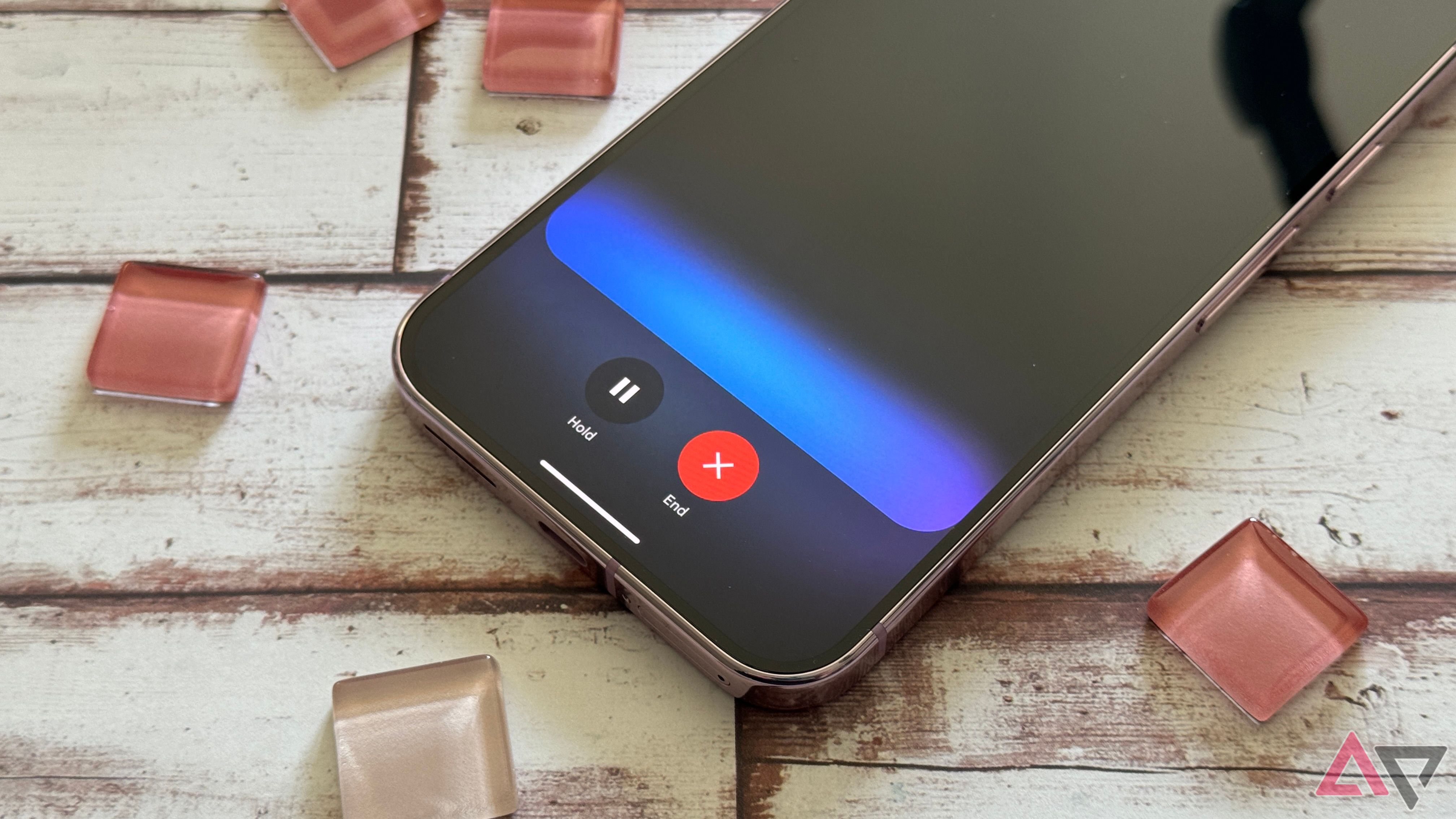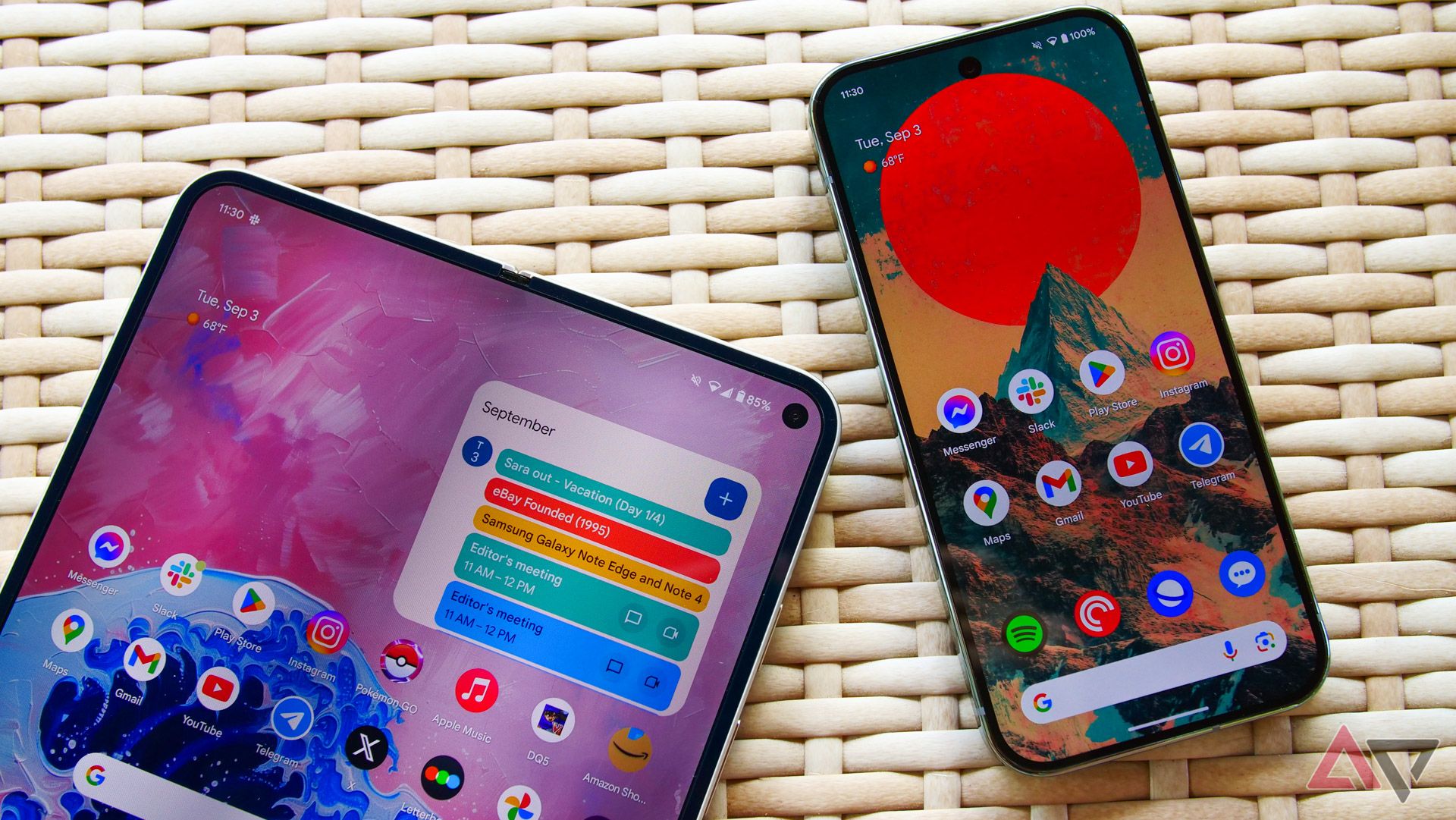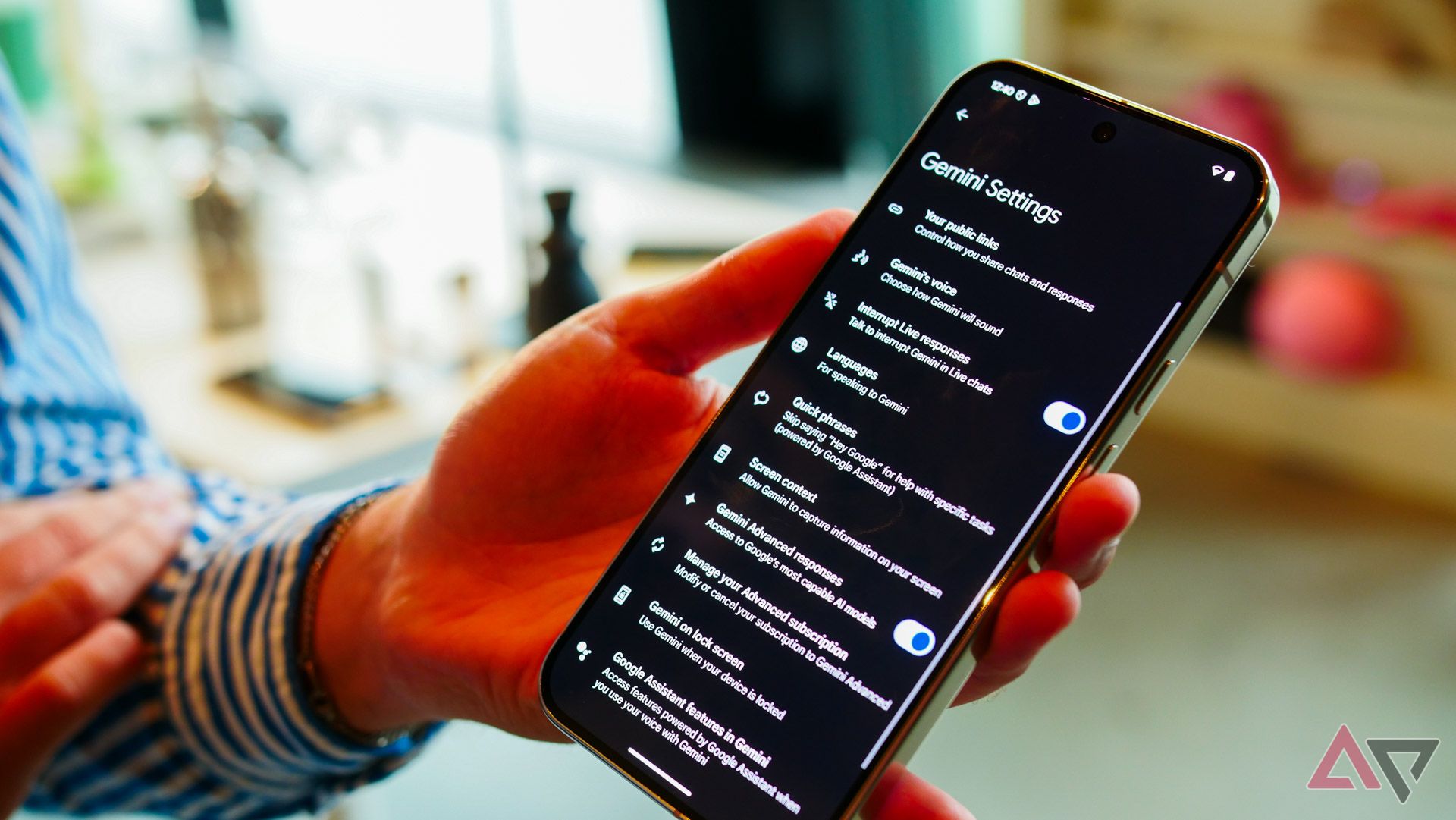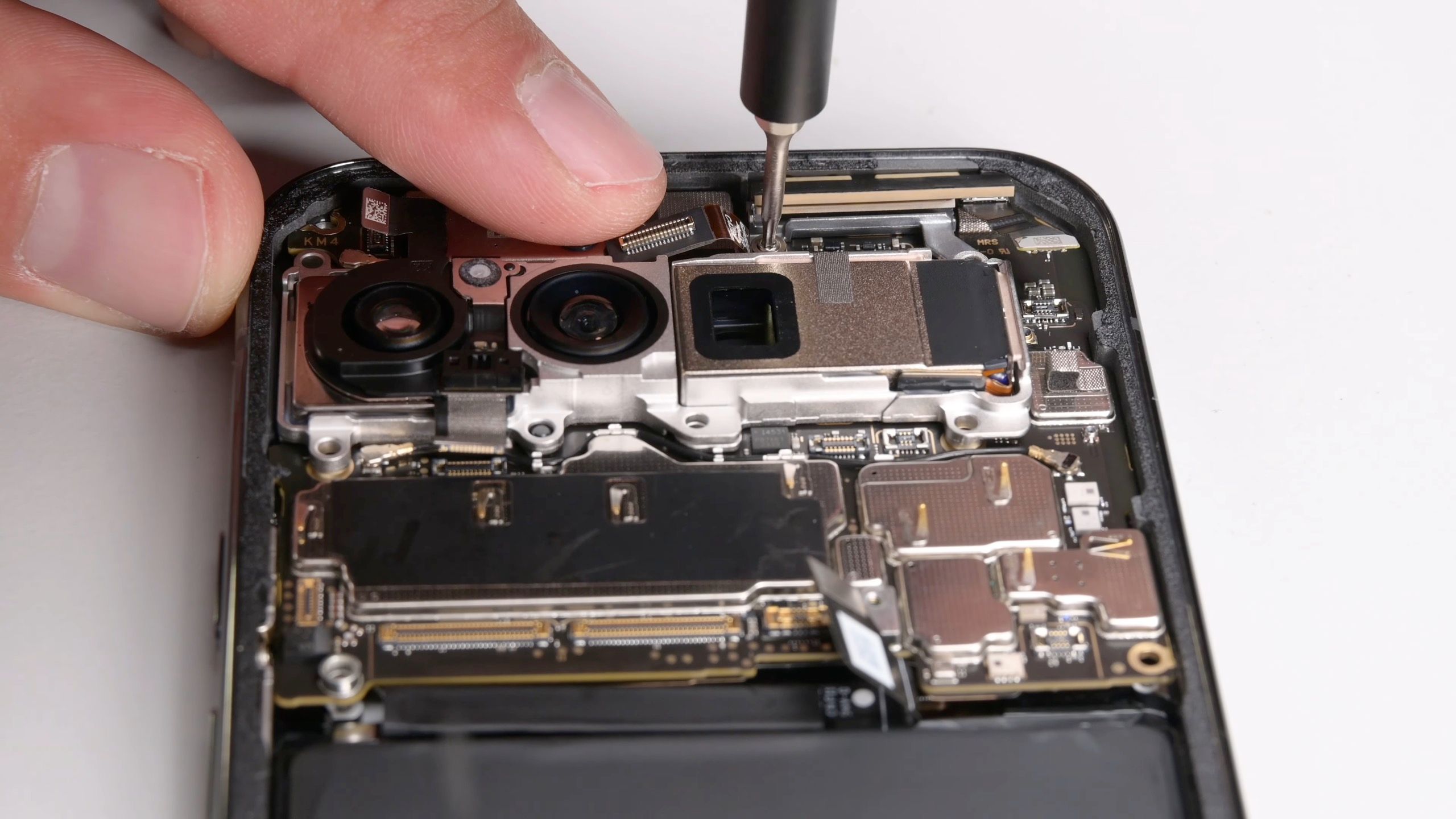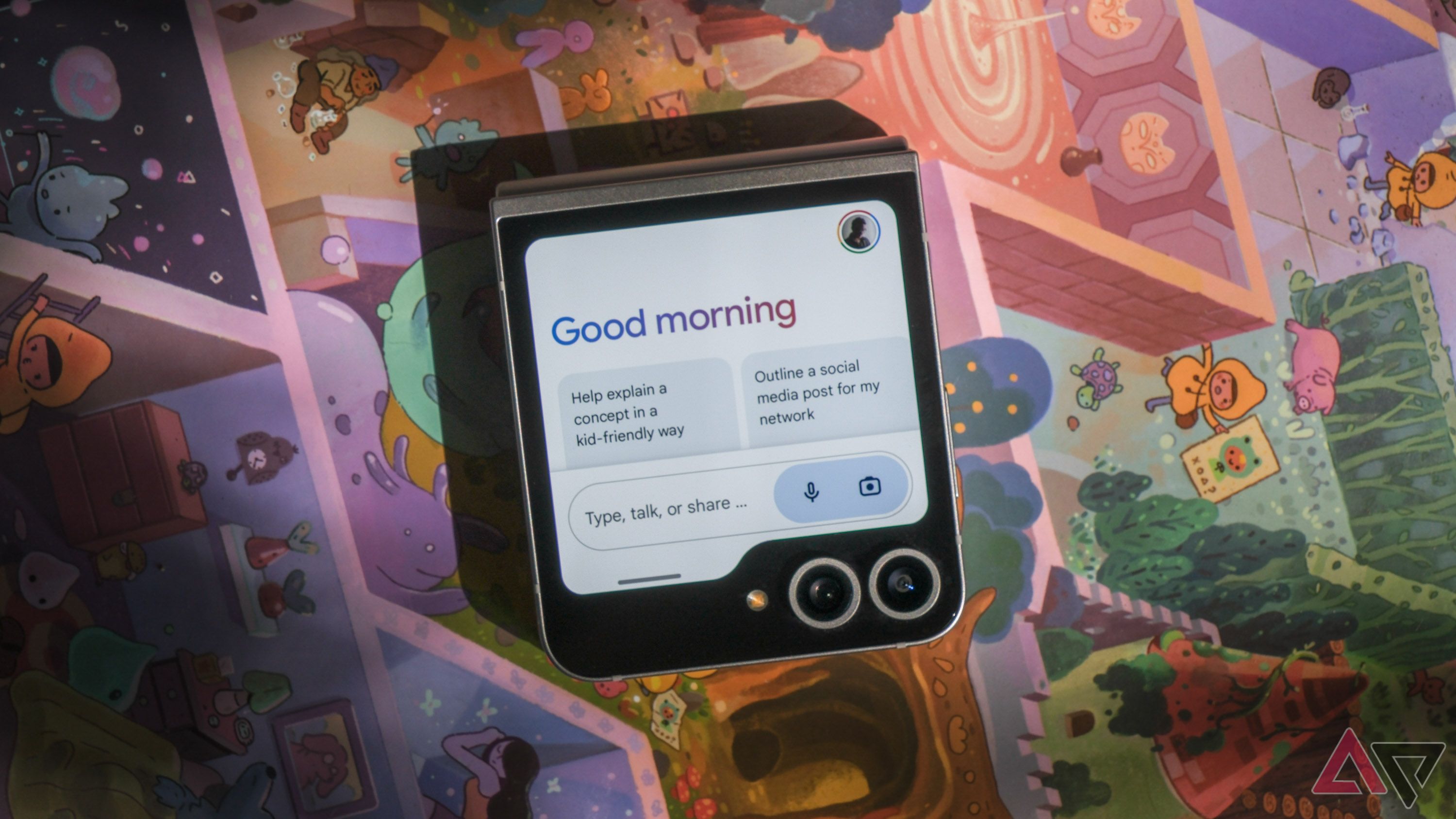Pixel phones have never quite been on the bleeding edge of performance, but for most people, the difference is negligible. The real draw of the Pixel ecosystem is the software.
While Google develops the Android Open Source Project for the market’s use at large, and allows for big modifications to that end, it has its own ideas about design. A more restrictive launcher than, for example, Samsung’s OneUI, is offset by an intuitive and powerful interface that puts the Pixel 9 Pro solidly in the running for best Android phone of 2024.
Where the Pixel 9 Pro family stands out is the in-your-face adoption of all things AI. The generally broad definition of AI notwithstanding, the Pixel family’s AI experience boils down to what novel features it can fit on a handheld device. To ensure the best possible performance of these features now and in the future, Google made an interesting engineering and marketing decision that isn’t necessarily bad, but isn’t perfectly honest, either.
The Google Pixel 9 Pro has 16GB of RAM
But only 13.4GB of system memory — and there’s a difference
As much fun as it is complaining about Google (which I do periodically), I’m not here to rip on it for misleading consumers or locking some crucial piece of hardware behind an artificial restriction — far from it. The 16GB of LPDDR5X RAM inside the Pixel 9 Pro, Pro XL, and Pro Fold is more than enough to tackle the most demanding apps and multitasking use cases today.
In fact, you almost certainly don’t even need that much, and you likely wouldn’t notice the difference between, say, 12GB and 16GB in a Pixel 9 Pro (not in 2024 or anytime soon, at least). So Google’s decision to restrict 2.6GB of that RAM to AI operations — uncovered by Robert Triggs of Android Authority — won’t negatively impact most people, for the time being.
If today’s novel, machine learning-based features are high on your priority list, then consider Google’s 2.6GB AI RAM partition a win. Having an unevictable chunk of high-speed memory available at all times provides Google Gemini, and all its integrations throughout the operating system, with the resources needed to consider all parameters and spit out a useful result as quickly as possible.
In other words, if an AI framework like Google Gemini Advanced is a big factor driving you to buy a Pixel 9 Pro, the AI partition helps keep your experience great. And if you’re a Pixel owner because you like the existing feature set, interface, and software and hardware ecosystem, the AI partition won’t take anything away from that, at least for a few years.
Where Google screwed up
We paid for 16GB of RAM, we’re going to use 16GB of RAM — or not
RAM is just a type of volatile, solid-state memory used in smartphones, PCs, and various specialized processing units like graphics cards and other application-specific systems. In smartphone and PC marketing, RAM is equivalent to system memory, a high-speed cache relied on by the OS and all software for consistent operation. As helpful as virtual memory is, you can’t run all your apps from it.
Here’s how it’s been for decades: RAM is system memory, VRAM is video memory, and hard drives and SSDs are storage. Google saying, “The Pixel 9 Pro has 16GB of RAM,” while technically correct, is out of step with the context of every other device on today’s market — the Pixel 9 Pro has 13.4GB of system memory, and 2.6GB of AI memory. But, who cares? Nobody needs more system memory than that, so I’m just being pedantic, right?
Partly. In 2024, 13.4GB is inarguably enough RAM for a great experience on any smartphone platform. But it might not always be that way, and clearer terminology could make things easier for everybody moving forward.
Precise specifications enable accurate comparisons
And there’s a lot we don’t know about the long-term future of phones
Source: iFixit
Do not attempt at-home removal of the Pixel 9 Pro XL’s AI RAM partition
Seven years of full Android updates is a long time. While it’s hard to imagine needing the full 16GB of system memory, who knows what the future holds? Google apparently does, and if it gets its way, AI and all its ML-enabled tools will integrate heavily within smartphone use for years to come. In that scenario, a 2.6GB partition of RAM dedicated to those functions would help the phone’s ability to perform alongside the leading hardware of 2030.
It’s also true that you don’t get to use all 16GB, 12GB, or 8GB of RAM on any device, as there’s always overhead reserved for the OS, which at the moment takes up under 1GB. The reason that’s not a footnote on every device’s spec page is that it applies to every popular system, including Windows desktops, Linux-based servers, MacBooks and iPhones, and today’s smartwatches.
But there’s more we don’t know, aside from just how much RAM future apps will demand. As the lines blur between simple predictive text and AI-generated chat responses, when do certain features stop being standard and start leveraging the Pixel’s central AI infrastructure?
Could Google’s marketing have done a better job positioning the AI partition as a future-proofing specification? And if the smartphone industry doesn’t exactly fall in lockstep with Google’s AI-centric plans, how will the Pixel 9 Pro compare to another device that gives access to the full slate of system memory?
What Google should have done differently
Instead of co-opting and misusing a decades-old naming convention
To be clear: It’s good that Google went above and beyond to give users long-term headroom and promised effective on-device AI processing for years to come. The discrepancy between the Pixel 9 Pro’s AI-restricted RAM and general-purpose system memory probably won’t ever come to a meaningful head. But if Google wants to stay ahead of the game — for its own good, and for that of its users — it needs to be forthcoming about specs.
Google could have better pointed out that nobody else has dedicated AI RAM
Make it obvious that this device’s memory is different from the rest. There doesn’t have to be a caveat. A dedicated RAM partition could be a great idea, but Google practically hid it behind the veil, necessitating the folks at Android Authority to break the story of its exact capacity.
Imagine the positive marketing: Its competitors have a mere 8GB or 12GB of RAM, while the Pixel 9 Pro has not only 12GB+, but nearly 3GB dedicated to the cutting-edge features at the forefront of today’s biggest craze.
Maybe it’s wishful thinking, but it would be nice for today’s major hardware and software developers to have a little faith in their users. This is Android, after all, and most of us aren’t interested in walled gardens of hidden restrictions, unflexible widgets, and bespoke marketing terminology.
-

Google Pixel 9 Pro
The Pixel 9 Pro is a new addition to Google’s lineup, slotting in as a smaller premium flagship to pair with the Pixel 9 Pro XL. The latter is the direct successor to 2023’s Pixel 8 Pro despite its new XL moniker, whereas the Pixel 9 Pro brings a new form-factor to Google’s high-end offerings, sporting the same dimensions as the standard Pixel 9 model while packing all the AI and camera prowess we’ve grown accustomed to from Google’s Pro lineup.
-
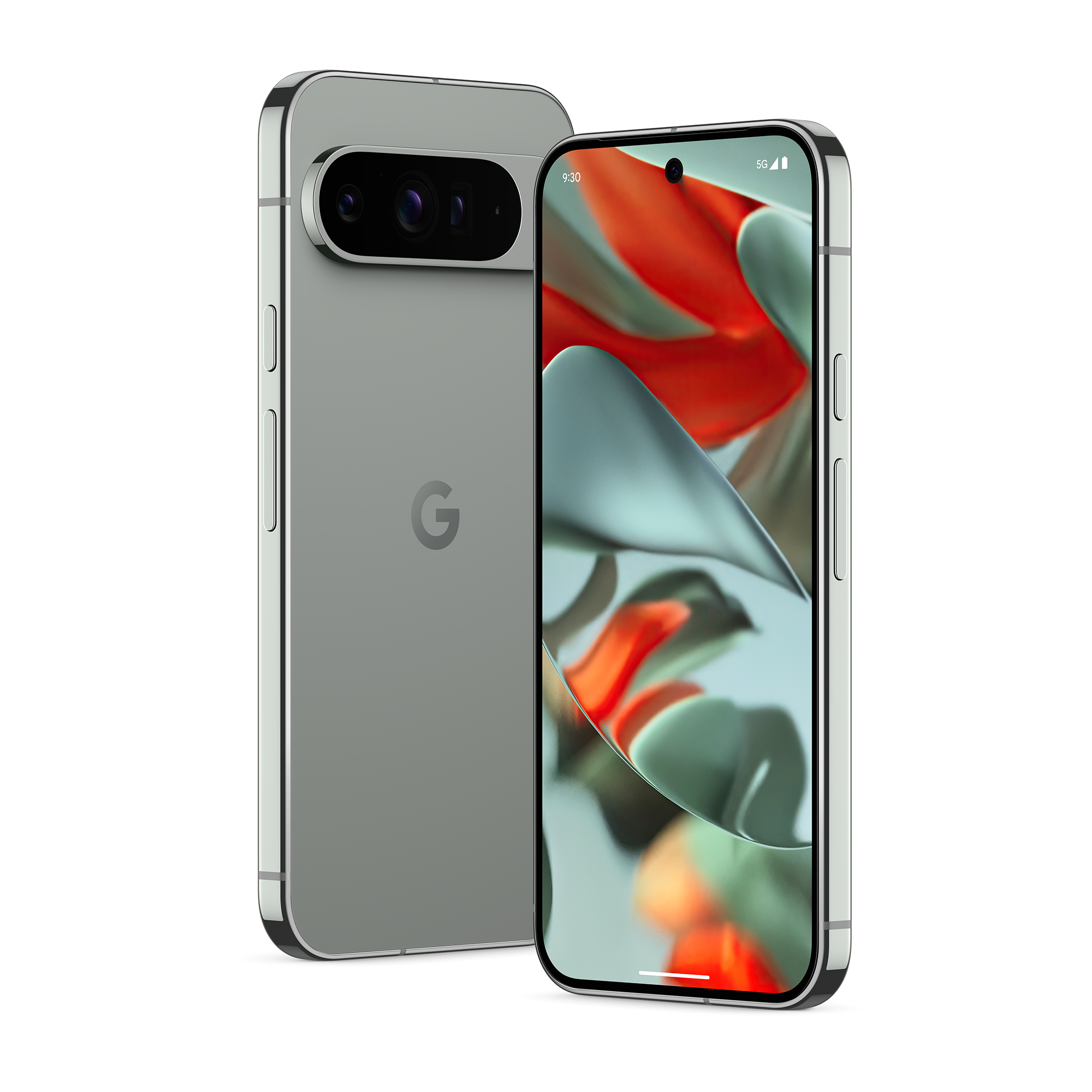
Google Pixel 9 Pro XL
The Pixel 9 Pro XL has a new name, but it fills the same slot as 2023’s Pixel 8 Pro, having similar specs with roughly the same footprint. The non-XL Pixel 9 Pro is new to the lineup as a smaller premium flagship offering. With the 9 Pro XL, however, you get Google’s fastest charging, a bigger screen and battery, and all of the camera and Gemini AI smarts you’d get in the smaller 9 Pro.
Source link

